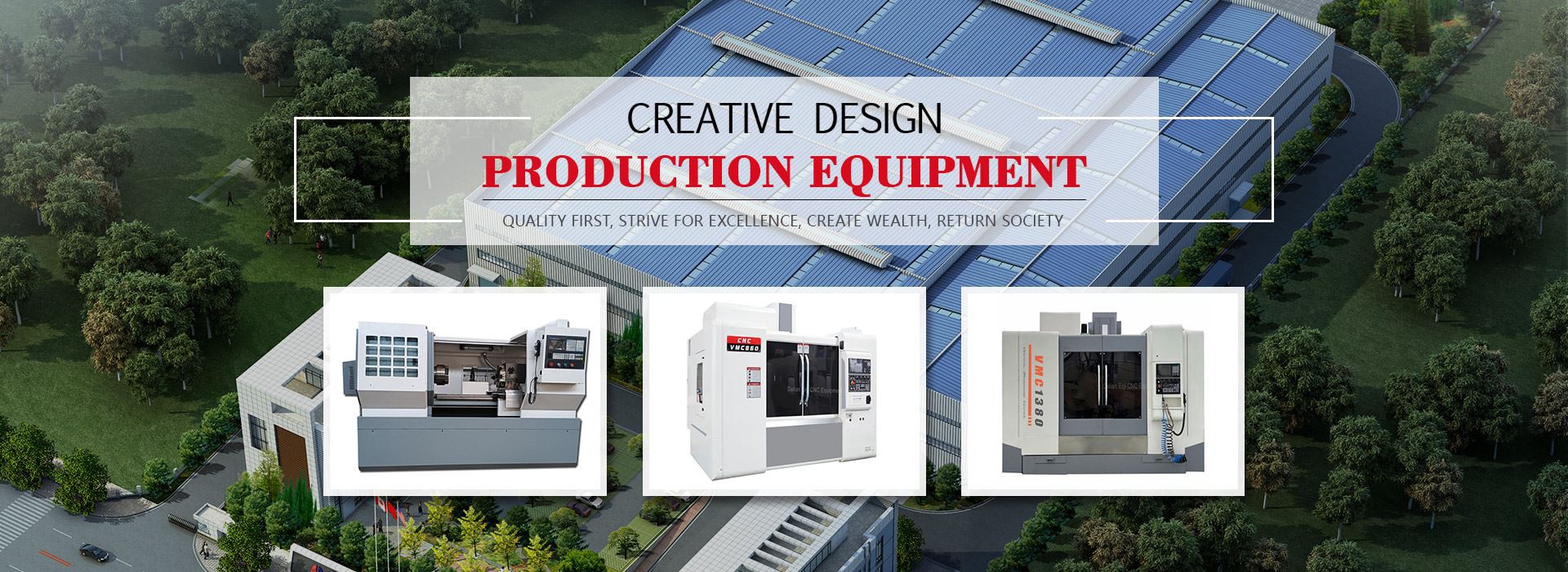Do you know the working principle of a horizontal machining center machine?
Nov 13, 2023
Horizontal machining center machine is a high-precision and high-efficiency CNC machine tool, whose working principle and advantages make it widely used in the manufacturing industry. This article will introduce the working principle of a horizontal machining center machine.
The horizontal machining center machine adopts a horizontal layout, and the workpiece shelf is perpendicular to the direction of the spindle. It mainly consists of the machine body, spindle, workbench, tool magazine, and CNC system.
Firstly, the spindle is the core component of a horizontal machining center machine. The spindle is a high-speed rotating shaft driven by an electric motor, which is connected to the machine tool and connected to the cutting tool. During the machining process, the spindle is responsible for transmitting power and causing the tool to rotate, thereby achieving cutting of the workpiece. The spindle usually has a higher rotational speed, providing higher cutting speed and efficiency.
Secondly, the workbench is the basic platform for installing workpieces. Workbenches typically have multiple T-slots for fixing and positioning workpieces and other attachments, such as fixtures. The workbench can be controlled in three directions according to a specific path, including the X-axis, Y-axis, and Z-axis. This multi axis motion enables the horizontal machining center machine to perform complex three-dimensional cutting operations.
The tool library is another important component of a horizontal machining center machine. The tool magazine is usually located on one side or behind the machine tool, used to store various tools. During the machining process, according to specific process requirements, the CNC system will automatically select suitable cutting tools and install them on the spindle. This automatic tool replacement function greatly improves machining efficiency and flexibility.
Finally, the CNC system is an intelligent control system for horizontal machining centers. The CNC system controls the movement and cutting process of the machine tool by receiving and processing machining programs input by operators. Operators can set and adjust cutting parameters such as cutting speed, feed rate, cutting depth, etc. through the CNC system. At the same time, the CNC system can also monitor the status of the machine tool and perform fault detection and alarm to ensure the safety and stability of the machining process.
The working principle of a horizontal machining center machine gives it many advantages. Firstly, due to the horizontal layout, the workbench is relatively stable and can carry large workpieces and processing forces. This makes the horizontal machining center machine suitable for processing large and heavy components, such as automotive engine parts, aviation engine parts, etc.
Secondly, the horizontal machining center machine has good rigidity and stability. The horizontal layout between the workbench and spindle can reduce vibration and deformation, providing a more stable cutting environment. This helps to improve the machining accuracy and surface quality of the workpiece.
In addition, the horizontal machining center machine also has the characteristics of automation and intelligence. Through the control of the CNC system, the machining process can be fully automated, reducing manual intervention and improving work efficiency and consistency. At the same time, the CNC system also has programming flexibility, which can write complex cutting paths and process programs according to different machining requirements.







